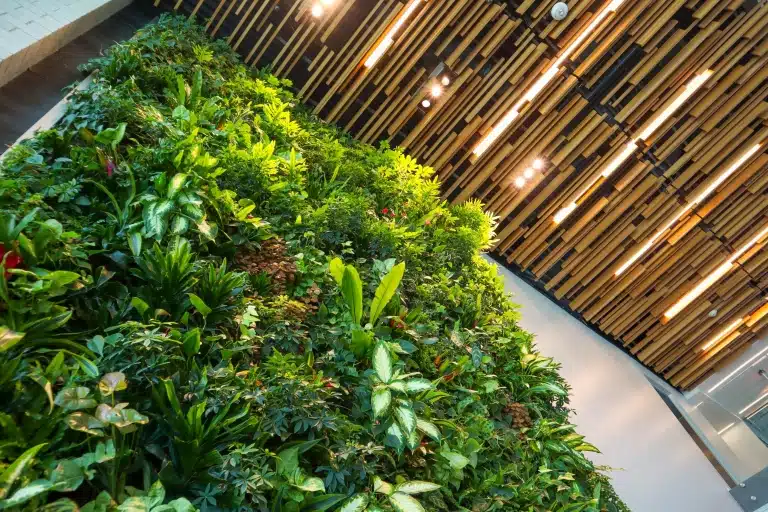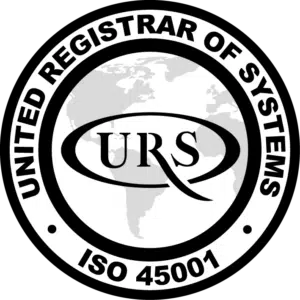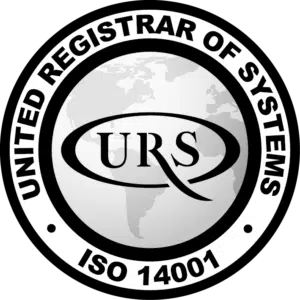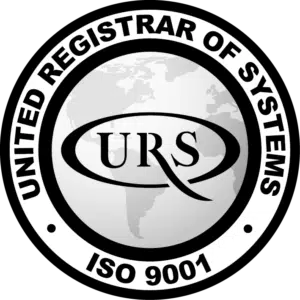What Is Biophilic Office Design?
Jul 28, 2022 • 4 minutes

Biophilia, as it relates to office interior design, is the act of bringing outdoor spaces into the workplace. Commonly misconstrued as “let’s add some potted plants to the office”, biophilic design has much more to offer.
So what actually is biophilic office design and what does it entail? In this article, we intend to answer both of those questions and hopefully convince you to incorporate some biophilic design elements into your own workplace.
Why is biophilic office design so popular?
Biophilia is a progressive trend in office interior design. Far removed from the soulless office blocks of yesteryear, it encourages a greater awareness of the world outside your workplace walls. Studies have shown that introducing natural elements to the office can reduce mental fatigue among workers and improve their workplace well-being.
The popularity of biophilic office design has risen considerably since the COVID-19 outbreak. As employees returned to their offices post-lockdown, the detrimental effect of the work environment was more prominent. Many had been working from home, perhaps taking their laptop to the garden during the warm weather or being able to take a stroll around a local park during their lunch break.
Forward-thinking companies across the UK realised that the simple introduction of biophilic elements to the workplace could greatly improve staff morale, hence the surge in interest of this design technique.
What biophilic elements can I introduce into the workplace?
Biophilic design doesn’t necessarily require a complete refurbishment of your office. There are simple steps you can take to bring nature into the workplace. These are some quick and easy ideas for businesses to consider:
Natural light
A staple of office design in the 80s and 90s was the idea of controlling the office environment. Lighting, heating, airflow, and more could be altered to – in theory – make employees more productive. In fact, what really improves staff well-being is natural light and plenty of it. Draw back the curtains, roll up the blinds, and widen the windows to let in as much light as possible. Not only is it good for staff, but it reduces your energy bills too, particularly during the summer months.
Make use of outside areas
If your office building includes outdoor spaces, be that a rooftop terrace, balcony space, or even a garden, then make the most of them. Add some comfortable seating and tables and let your staff work outside, enjoying the fresh air and (again) the natural light.
Work with colour
Colours are natural emotion enhancers, often working on a subconscious level to affect employee mood. There are entire textbooks dedicated to the science behind colour in the workplace but, for biophilic design purposes, you should be looking at bright, warm, and vibrant colours, such as yellows, greens, blues, and oranges, all of which improve both mood and performance.
Incorporate natural features
Natural textures like stone and wood really let you explore the “bringing the outside inside” aesthetic of biophilic design. From desk ornaments to wall art, there are many ways to bring in these interesting effects. Water features are also a great way to add natural movement to the office space.
Plant life
The obvious way to introduce biophilic elements into the office is to bring in more plants. Not only do they look and smell great, they increase oxygen levels and break up the monotony of the workplace, both of which help to improve concentration levels. If you don’t have the floor or desk space available to include plants in your office design, you can implement a living wall to take advantage of the vertical space.
Whether you like the idea of a biophilic office design or you prefer a more traditional workplace aesthetic, Westcountry Group can help you with all your office interior design needs. We provide an end-to-end service, from initial ideas through to final implementation. Call the team today on 0330 030 0330 to discuss you requirements and to receive your free, no obligation quote.






